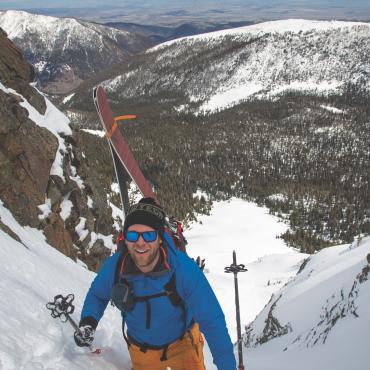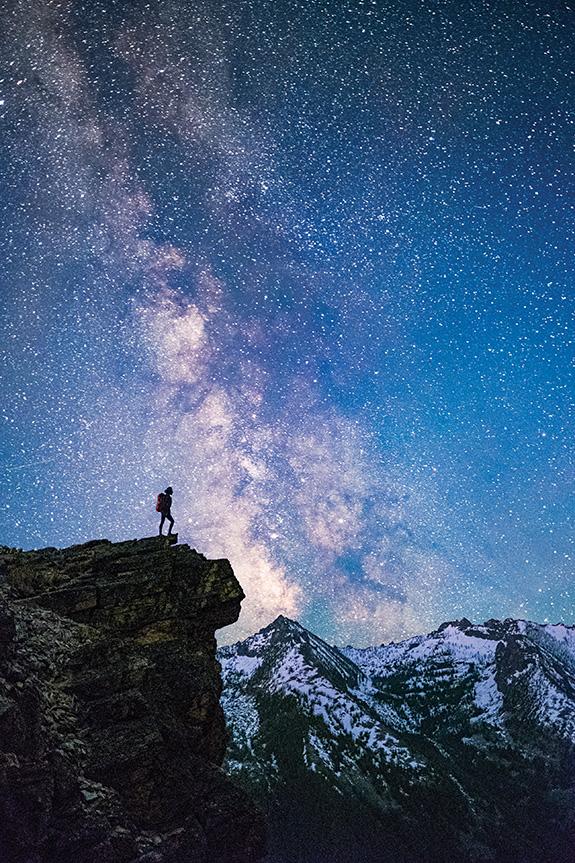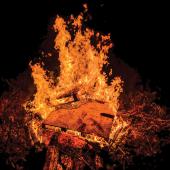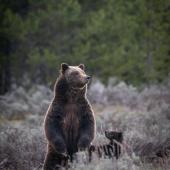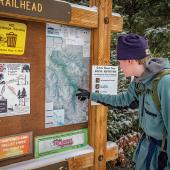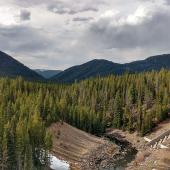Measure Twice, Cut Once
Wilderness gets no second chances.
“Plans are of little importance, but planning is essential.”—Winston Churchill
My dad is a fan of home projects, and as a result, I spent much of my youth digging holes, holding boards, mixing concrete, or running power tools when I’d much rather have been riding my bike, or swimming, or exploring the woods. But he taught me a lot of useful things (including a remarkable amount of creative and descriptive profanity), and an adage that has guided me in virtually every part of life: “Measure twice; cut once.”
Whether you’re crafting a cabinet, making a career change, breaking up with a girlfriend, or setting out on an expedition, it’s a rule to live by. Mostly, because once you have committed to a particular path, you have reduced many options to just one. Once the cut is made, it cannot be unmade—the reduction is complete. So, the adage commands, be absolutely sure before you act. Weigh the options; consider the outcomes; anticipate the problems. Measure twice (maybe three times if you’re prone to mistakes—and who isn’t?) before laying a blade to the task. It’s sound advice.
This adage holds true for our current Wilderness debate as well. After decades of inattention, Wilderness Study Areas are in the hot seat. New Wilderness is possible in some areas, while in others even existing Wilderness is under attack. Politically, Wilderness has never been more threatened, while socially it has unprecedented visibility and support. It’s an emotional issue from any perspective, and the timeline seems long—long overdue, according to some. But time isn’t the enemy. Not in this case. Not when it comes to our last remaining truly wild places.
For reference, Wilderness is defined in the Wilderness Act of 1964 as “...lands designated for preservation and protection in their natural condition...” and “...an area of undeveloped Federal land retaining its primeval character and influence, without permanent improvement or human habitation...”, and they shall be “...devoted to the public purposes of recreation, scenic, scientific, educational, conservation, and historic use.”
There is literally nothing of greater value than our remaining roadless areas and areas with Wilderness qualities. Why? They are rare, and irreplaceable. Once they are logged, mined, roaded, and developed, the qualities that made them Wilderness are gone forever. They have been cut away and discarded. It is not my purpose to claim to know all the answers—I don’t. But I do see the value in taking our time. Do we not owe it to ourselves, and to the next generations, to spend any amount of time it takes to make the best, most rational decisions when it comes to irreplaceable resources?
If Wilderness is rejected, these last places of unique character will be lost forever. Again, once the cut is made, it cannot be unmade—the reduction is complete. I say we take the time. Use it to measure—the land against ourselves, and ourselves against the future. The outcome, whatever it is, will be the one we deserve.
Measure carefully, friends.

